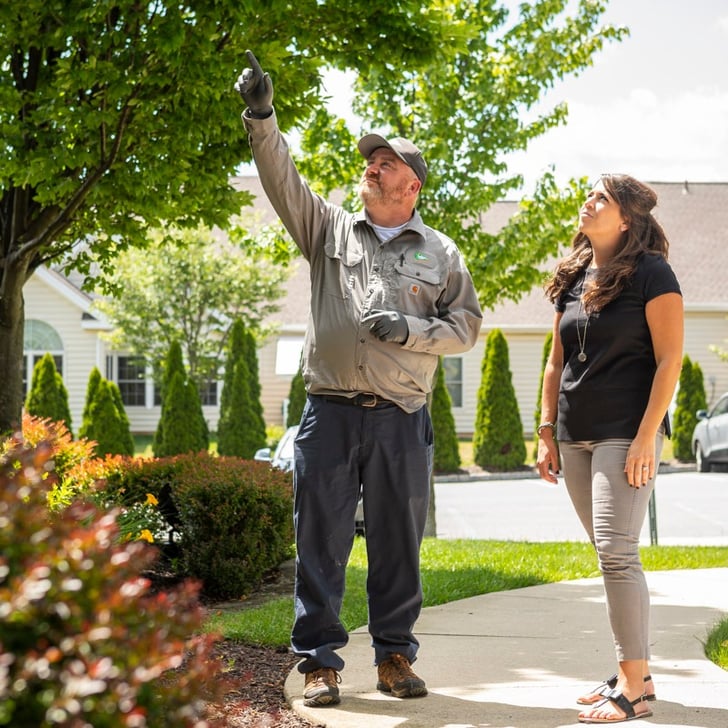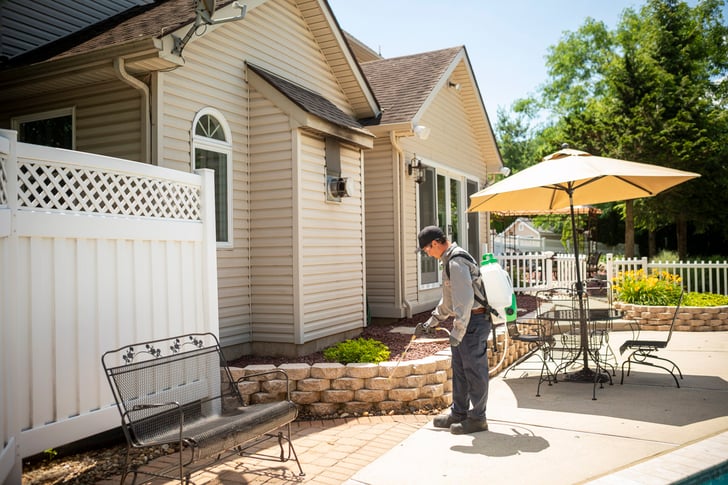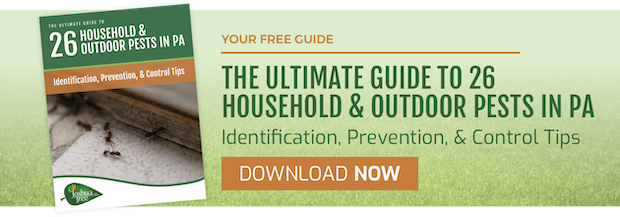Nobody likes thinking about pests in and around their house. You deserve to feel safe and at peace, while enjoying time at home (or in your yard), and we know that you don’t want to have to deal with pests.
Of course, you also don’t want to have to worry about aggressive or unsafe pest control solutions. In other words, you don’t want to trade one problem for another.
Fortunately, there are various ways to approach pest control that keep safety and effectiveness at the forefront.
As with other services, it’s important not to force a one-size-fits-all approach. You want to make sure that you’re working with a pest control expert who is viewing the potential options from all angles and ultimately making the best decisions for your property.
One approach is integrated pest management or “IPM.”
In this article, we’ll dive into what is IPM, how Joshua Tree Experts has used it, and what it might mean for controlling pests on your property.
What Does IPM Mean?
IPM, or integrated pest management, is an approach to pest control that focuses on long-term strategies using a combination of techniques like habitat manipulation, biological control and modification of cultural practices.

While pest control products are not excluded from an integrated pest management strategy, the idea is to avoid always making them a first-try option. Often, there are other ways to control a pest problem before moving to chemical solutions.
And even when choosing chemicals, there are often highly-targeted controls that can be used safely.
IPM also takes into account that effective pest management often involves more than one control solution. Sometimes a multi-faceted approach is the key to success.
Pest management approaches can be grouped into four primary categories:
- Biological Control: The use of natural enemies. For example, using ladybugs to attack aphids.
- Cultural Control: Making changes to cultural habits that might lead to better pest outcomes. For example, using a dehumidifier in the basement to alter the humidity levels and potentially make the environment less habitable to certain pests.
- Mechanical Control: A control solution that directly targets a pest or blocks a pest. A trap would be an example of a mechanical control for a pest (also sometimes called a physical control).
- Chemical Control: Finally, there is also the use of chemical controls (pesticides). With integrated pest management chemicals are used in conjunction with other control methods for the most effective and long-term success possible. They’re not considered the ONLY option and are (in some cases) not always needed.
As we’ve mentioned, it’s common for more than one control solution to be implemented in order to achieve the best possible outcome.
IPM Examples
At Joshua Tree Experts, we use an IPM approach to pest control. We also talk to homeowners about the fact that there are options.
An IPM approach always starts with a thorough inspection and the identification of any specific problems.
That’s a key component of this strategy.
People are often surprised to learn that store-bought household pest-killer products are typically designed to be able to kill a wide variety of pests. If you read that can of bug killer, you might see that it can take care of a dozen different types of pests!
That means you don’t necessarily need to know what type of pest you’re even dealing with if you’re just going to blindly spray a product like that.
But with integrated pest management, we’re identifying specifically what you’re dealing with and then determining the best approach.
For instance, if we identify a rodent problem, then we might suggest a trap or bait. We also bring the homeowner into this decision-making process to determine what they feel is best for their home. Homeowners may have personal preferences affecting this decision.
Another IPM example is that for spiders, we will remove cobwebs. Then, we can also spray. But we don’t automatically take the approach that we must spray if there are other solutions.
Integrated pest management is also about being proactive, which is something that we believe in strongly. We make an effort to focus the vast majority of our treatments on the exterior of the home, preventing pests from making their way inside in the first place.
Obviously, if there is an issue inside, we will perform interior inspections and implement interior treatments as needed.
Integrated Pest Management and Cultural Control
No matter what pest control solutions we’re implementing, we still talk to homeowners about ways that they can work with us to effectively manage pests in their homes. There are often important steps that homeowners can also take to ensure that we’re having the most possible success with pest management.
Some of the most common cultural recommendations that we make in terms of pest management include:
- Seal Cracks and Crevices: Pests typically make their way inside in the first place through cracks and crevices, including those around the foundation. Sealing these up can help keep pests out.
- Patch Holes in Screens: Similarly, if you have holes in your screens and like to leave your windows open during the warmer weather, you might be inviting pests inside.
- Clear Crumbs: Most pests come inside looking for food. So, it’s important to properly seal and store food items and clean crumbs up. Wipe down counters and also take the garbage out frequently.
- Eliminate Dampness: Many pests are attracted to humidity so as we mentioned in the IPM examples section, we might advise getting a dehumidifier if you have a damp space, like a basement. Sometimes the problem is a leaky faucet or pipe, so this is something else to look into.
Of course, even with all of your best efforts including these cultural practices, you might still have problems with pests.
Many pests are simply highly persistent. That’s why an integrated pest management approach takes into account that multiple controls are often required to achieve an effective solution.
Professional Pest Control with IPM Strategies
Professional pest control is still your best answer to dealing with pest concerns. Even when you take all the right steps toward preventing these unwanted houseguests, they often still make their way inside.

At Joshua Tree Experts, we take an individualized approach with every property. We know that different homes might be dealing with different pests, and we’re going to customize a solution that’s right for you.
That includes using an IPM approach in which we start with identification and then determining the best possible solutions to the problem.
At the end of the day, we want you to be able to relax, knowing you’re in good hands.
If you're interested in learning more about pest control services, contact us for a free pest control quote today!





